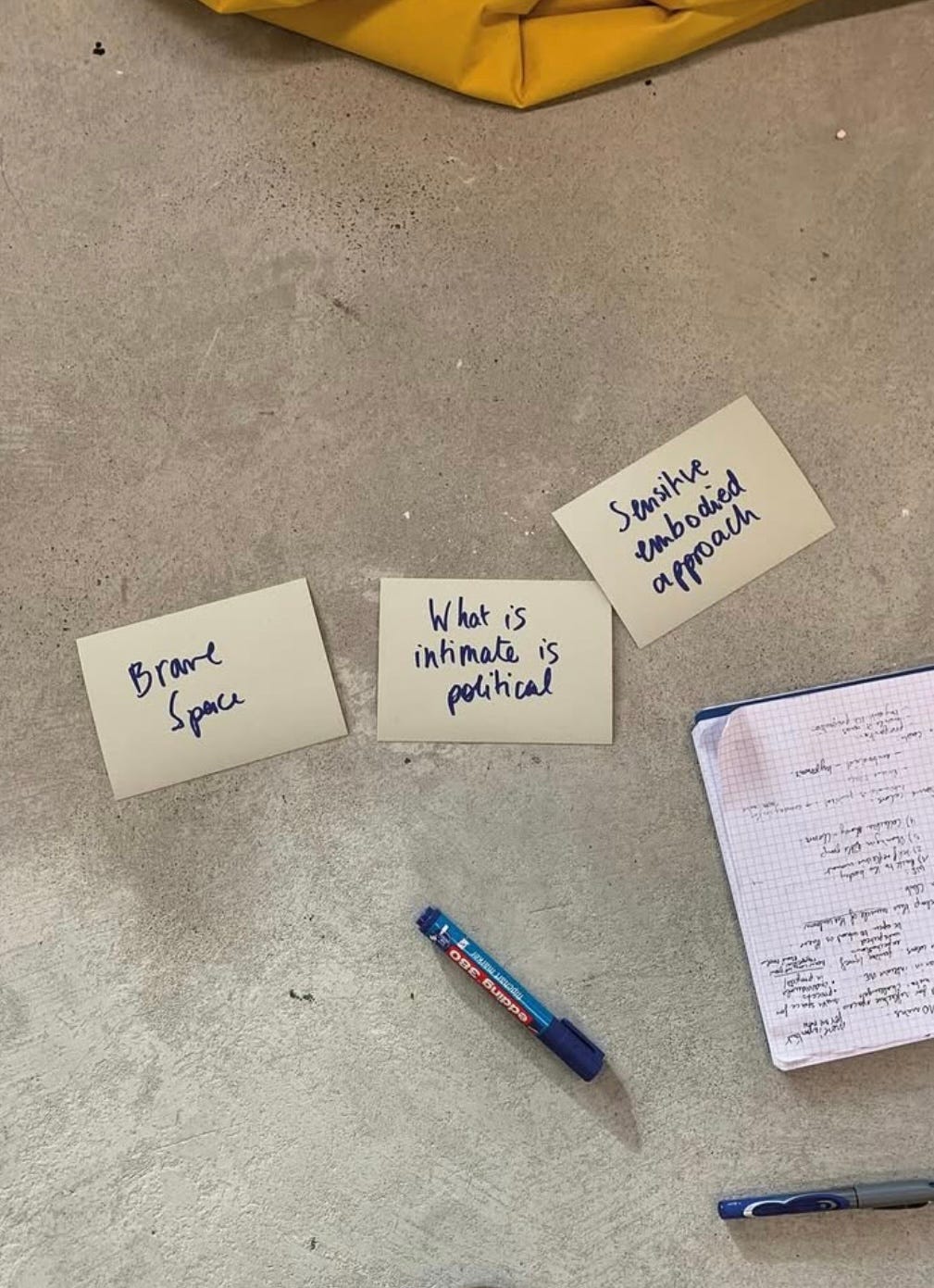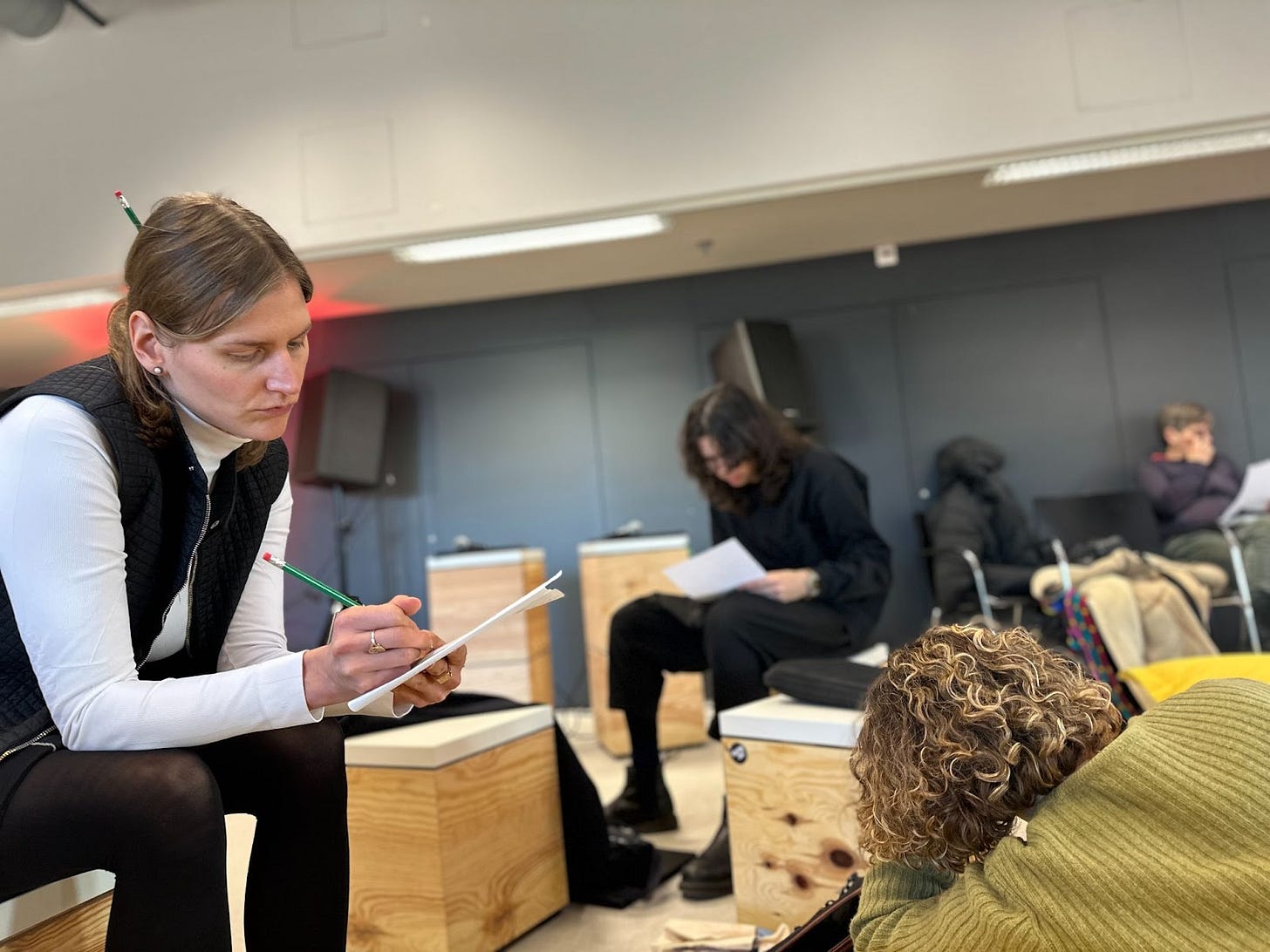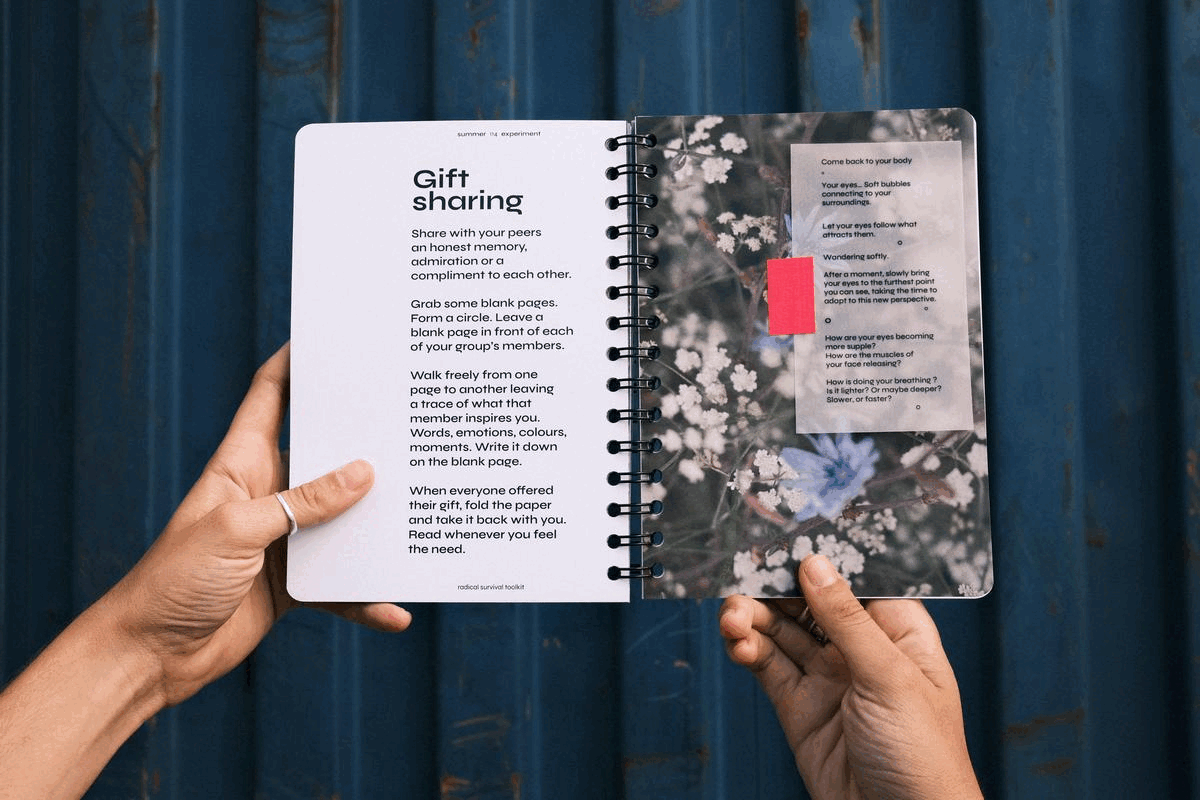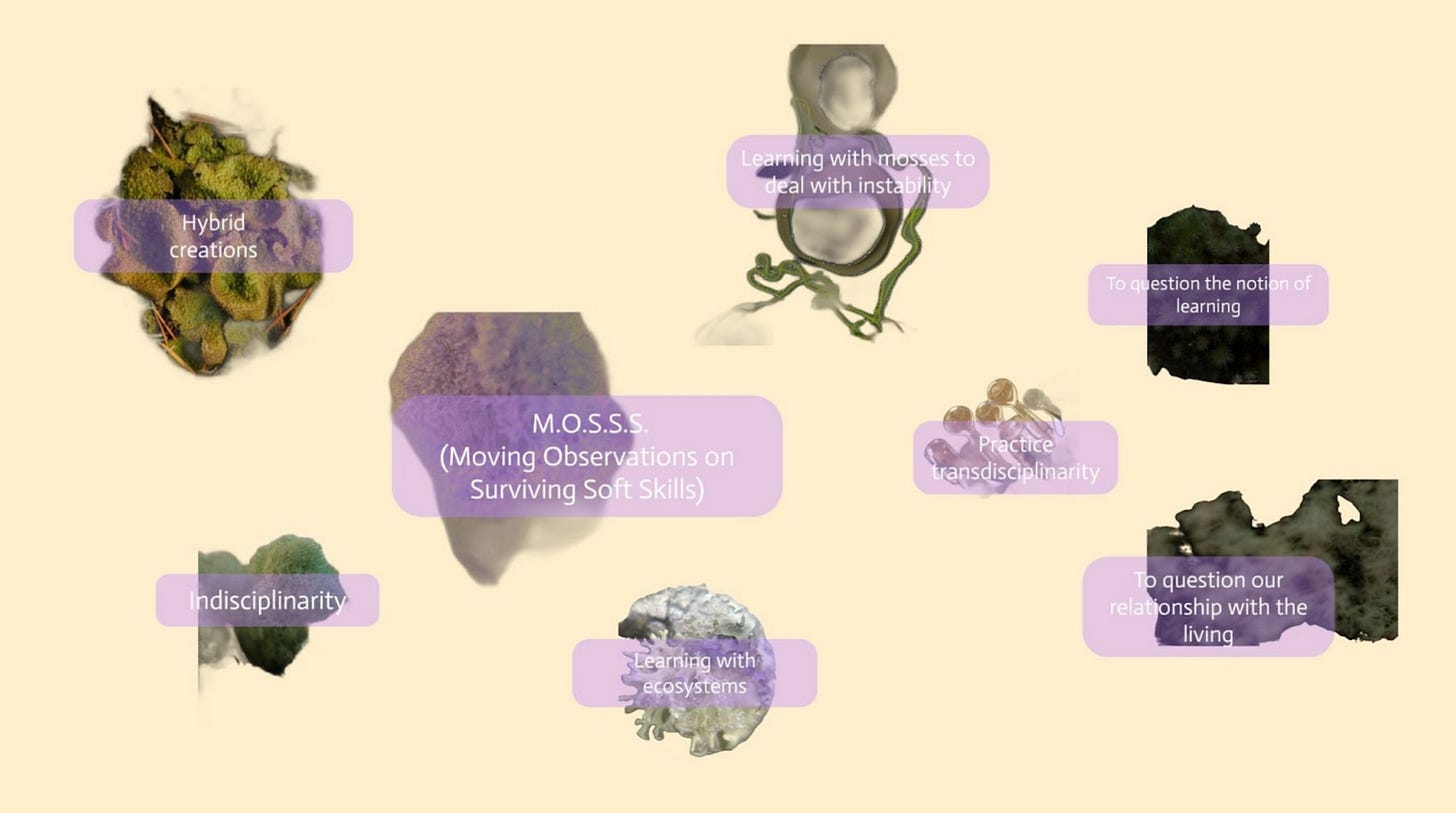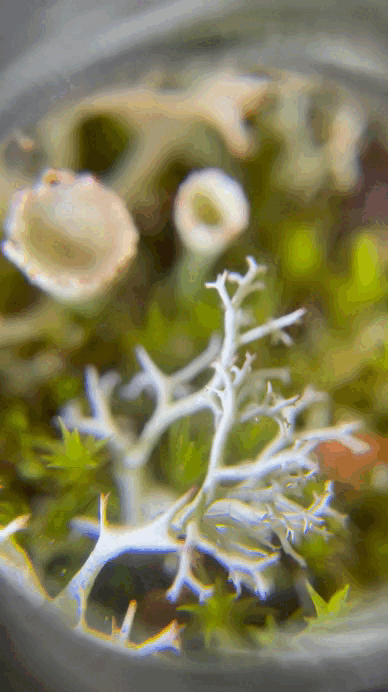Embracing Complexity: Exploring Transdisciplinarity, Moss, and Radical Softness with Sarah Drapeau
We are excited to share the long-awaited long-read from the SoC Alumn* network. Today, we share an interview and an online show from Sarah Drapeau (2023 SoC Cohort).
The show “Sensing OtherWise” can be seen on the Studio106 webpage or by clicking on the image below. Okay, let’s get to it!
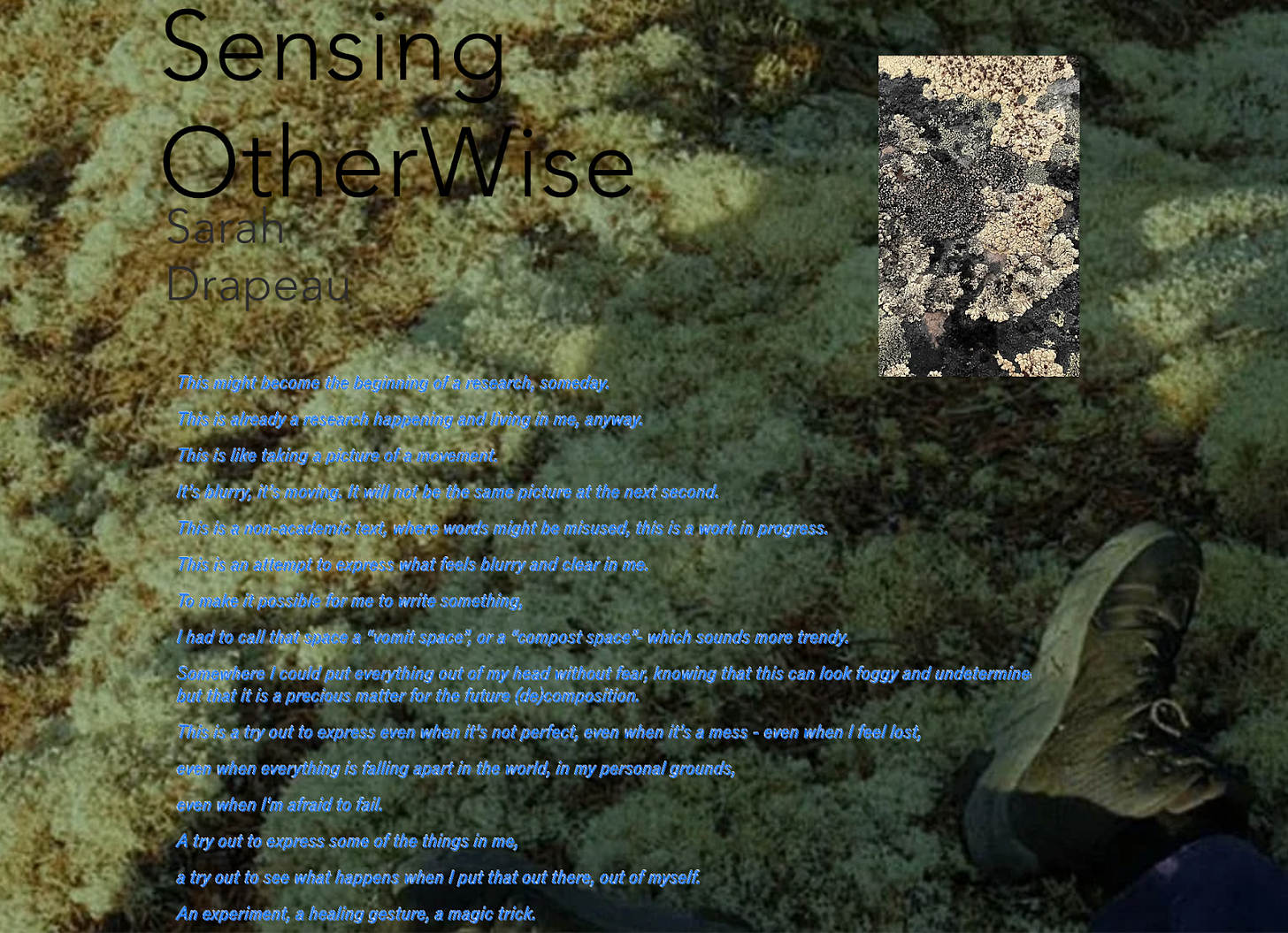
Soc Alumn: Hi Sarah. It’s really good to see you. I was thinking about how to start the conversation, and then I thought I’d look through the things we discussed over messages. For me, there’s a scope of transdisciplinarity that frames everything in your work — and then there’s Sarah, and there’s M.O.S.S.S. How do these three things come together?
Sarah: Yeah. It’s funny to see how you represent it in three bubbles!
It’s definitely all playing together now — it feels super merged and fluid.
But yeah, how to start… There’s the notion of commons, which is really central. For me, it comes from this systemic approach, which might be the link between those three bubbles: transdisciplinarity, the project M.O.S.S.S., and myself.
I’m really interested in this systemic approach as a way to heal from our very individualistic, capitalist society. In many ways, we’re very separated from each other, and we’re told that we have to adapt to so much — we have to heal ourselves, we have to breeeeathe deeply… but it’s not enough (and it can be violent to take this on alone).
I’m really interested in recovering the relationships between individuals and collectives, or between other separated elements.
I think that’s what I’ve tried to do with the Hybrid Tools for Transdisciplinarity workshop proposals within the two School of Commons events — because I felt we needed space, time, and framing to share personal challenges or problematics we go through in collectives, in creative projects, or in our lives.

Sarah: The fact of sharing a personal issue — even if we think it may be intimate or personal — can be seen through the experiences of others. There are some common schemes or tools that can emerge, and that we can help each other with. It’s also a way to make it more like a systemic issue, and not just a personal one.
Sarah: I think, for me, it’s a really important tool — “to see it as a systemic problem” — even in my personal life. Like even with love relationships, you know? You’re immersed in your own personal drama, and then having this vision, a systemic or political lens, really helps me. It’s empowering to say, “Okay, it’s not just me who has trouble dealing with life or something — it’s more political in a sense; it’s a collective work and battle.”
Understanding Transdisciplinarity
Sarah: I think there is this big urge to act and think in a complex way. To see all the relations between things, between people— and not only between people but with more-than-humans, with projects, and challenges...
For me, one answer is transdisciplinarity. It’s a big word that is sometimes blurry, and often used, but I think it’s quite difficult to actually act in transdisciplinarity. It’s a kind of vision that we want to move toward, but I am not sure if there are projects that actually manage to achieve it yet, or fully. However, I think (I hope) that we’re all, in a grander scheme of things, each one in our own way, practicing towards it.
Soc Alumn: You mentioned before that transdisciplinarity is really important, and for the School of Commons program you proposed your project Hybrid Tools for Transdisciplinarity. And now, since we can talk about beyond the human and you bring in intersectionality, we go to the domain of breaking the boundary between us and the complexity of the world.It’s interesting because interdisciplinarity, as many understand it, remains connected, on some level, with an institutional framework. And yet, transdisciplinarity offers that leap into practice—embodied. This is just as you express it in the text or as it is visible in the contexts that you work within.
Sarah: With the Hybrid Tools for Transdisciplinarity project I proposed moments where we dived into our personal dilemmas and shared that in a collective framework. I introduced the workshop with an embodied visualisation where each of us enters in their journey, and sees all the trajectory of a year at School of Commons—the beauties and achievements, but also the work, the giefs, the difficulties, the changes, the tensions that we went through.
After that moment of solo reflection, we went into a collective sharing of our node, facilitated by a proposition of a spatialized conversation. Four “positions” were put on the ground to symbolise where you are at when someone exposes an issue. Do you feel concerned? Do you have tools? This also brings the possibility to envision ourselves and our position in a material way and visualise it—make it concrete and real.
Sarah: I think transdisciplinarity is very beneficial for a lot of institutions and contexts, such as education, health, art, and science. To enhance cooperation and bring different approaches together can be quite difficult, because we have to understand the specific language of the other; it takes time and energy, but it also brings different perspectives on the same subject or problem and can offer more open and diverse solutions, while thinking of diverse aspects. I see it now not as a bonus or a luxe, but a necessity—to stop, reflect, question the question, and see what does really matter and how it can be done in a way that benefits all the parts involved (humans and other-than-humans).

Moving Observations on Surviving Soft Skills
Soc Alumn: So why moss? How did this come to be part of your work? You mentioned you started this work before the School of Commons project.
Sarah: Well, M.O.S.S.S. isn’t literally moss — it is an acronym: Moving Observations on Surviving Soft Skills. So, moss with three S’s. It’s now a duo with Melanie Ganino.
We met during the Common Dream School, which is an eco-pedagogical project by Maria Lucia Corria Cruz, and it lasted for a whole year. We met each season with different people from various backgrounds. At the end of the year, we created what we called our “dream.” Our dream was to create a survival toolkit — a book to share the tools we used during the year together. It was a mix of the traces from our experiences and a wish to share tools, to make them accessible for others to activate.
It was a really central experience for me. Working on this project with Melanie, and another person, Delphine Mertens, we took another year to create this object. We asked ourselves, “What is it to gather tools? What are survival tools?” It came out as a mix of scores, texts as tools, and even technical tools — like circle singing as a tool to gather. I think it was the beginning of something important for us. That’s where we met, and we decided to continue working together.
Today, with M.O.S.S.S. we create nomadic bubbles, exploratory walks, and participatory performances involving exchanges, questioning, and learning about our ecosystems. These moments are conceived as collective vermicomposting that is both intimate and political, leaving room for a diversity of feelings and emotions (joy, grief, anger, serenity...), enabling us to imagine new ways of living and relating with humans and non-humans.
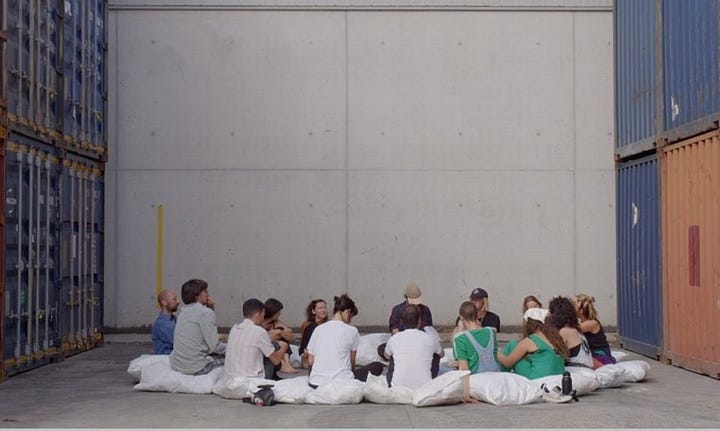
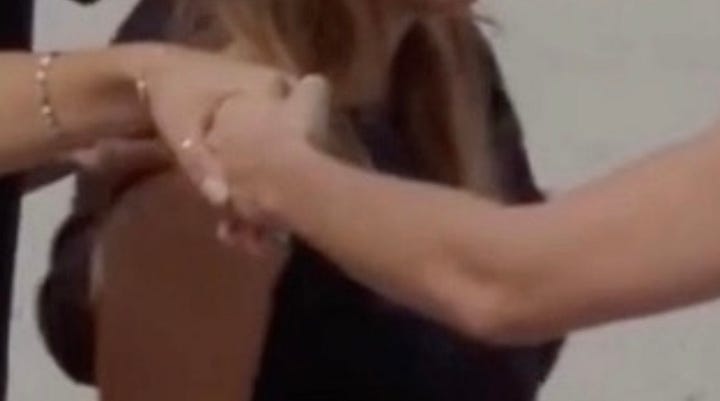
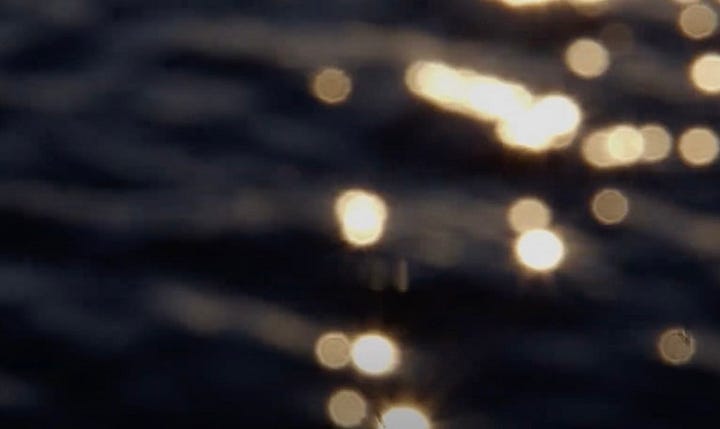
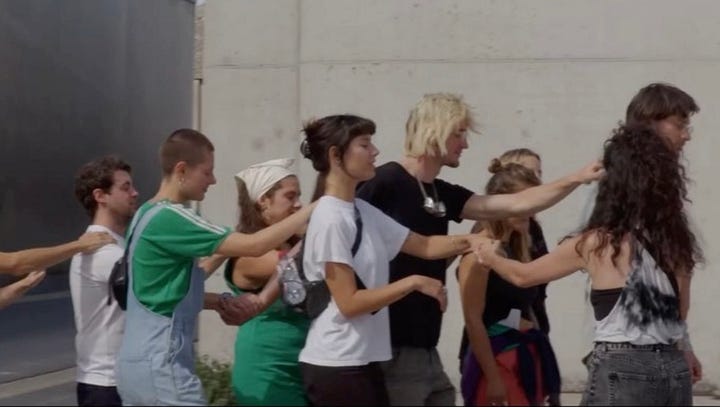
We propose workshops-performances, publications, but also moments of co-learning (for example with our Club de Décryptage des pratiques hybrides et indisciplinées), and we participate in colloquiums and nourish links with research and activism milieux. See more about M.O.S.S.S. our instagram page @_m.o.s.s.s
Learnings with mosses
Soc Alumn: You speak on your platform about learning from moss in times of instability. If you were to structure this into concise propositions, what can we learn from moss about living in times of crisis?
Sarah: Yes, so with M.O.S.S.S. we did a residency and created a piece called “Practicing Cryptogamy: an alliance with mystery.” It is a performative workshop where we activate the learnings we’ve collected by learning with mosses about how to survive through instability. We thought mosses would be good allies on this research because they have been living on earth for 400 million years, and have gone through many crises and changes.
First, I want to say that this is still our personal vision of it. It’s not like moss “tells” us these things, but we engage with it from our perspective. We observe moss, and this observation guides our thinking. It’s not objective; we’re actors and situated interpreters.
One key learning that has emerged is about embracing mystery. Cryptogams include mosses, fungus, lichens, ferns, and algae. Cryptogamy, therefore, is the study of cryptogams, but from our perspective, we can also read it as “crypto” (hidden) and “gamy” (union). Poetically, we interpreted this as a proposition to embrace the mystery, to practice being in the unknown, learning to be okay with not knowing.
Another finding was that moss is a bio-indicator. Its very presence, with unique density and colors, reveals information about their and the larger ecosystems. They can be viewed as sensitive organs or the sensors of the environment. For me, this ties into the feminist killjoy concept reclaimed by Sara Ahmed — the idea that exposing a problem makes you “the problem.” Mosses, as bio-indicators, reflect this very behaviour: their sensitivity reveals systemic issues. We can reclaim the role of sensitive sensors (or feminist killjoy) — acknowledging that our discomfort or sensitivities might reveal something about the collective system.
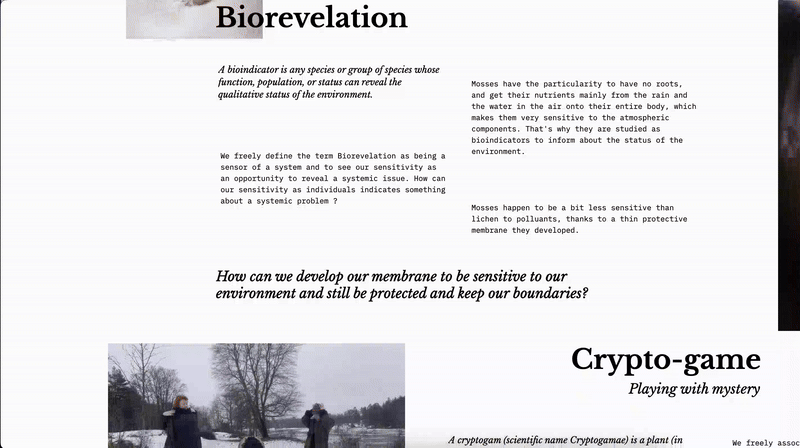
Softness and Resilience
Soc Alumn: That’s a fascinating and very personal view on the moss, thank you for sharing. You also mentioned softness earlier. Softness feels so absent in many systems we’ve inherited. Can you speak about softness as part of resilience, agility, and adaptability?
Sarah: For me, and that’s also a vision we have within our duo M.O.S.S.S., softness connects to being unproductive or gentle with ourselves. This is a radical action in a society that praises productivity. In this context, softness becomes a form of resistance, but it also stays a privilege, because sometimes we don’t have a choice but to use tools other than softness to answer to the violences.
If we view this as not an individual problem, then it becomes something that we have to create together, and that demands a collective prise en charge. So how can we organize spaces where softness and rest are allowed and don’t stay as a sign of privilege only for very few people?
Visual Aesthetics
Soc Alumn: I see that reflected in the visuals on the website with the mosses learnings. The images are beautiful. They have this drifting quality—exploring stories and spaces, different but connected. What role does aesthetics play in your work?
Sarah: Aesthetics is one the needs we share with Mélanie—producing these images with M.O.S.S.S. comes from this necessity. Aesthetics create a connection, engaging senses and inspiring wonder. For example, the sensorial is an entry point essential to the very encounter of the moss, as well as the point of departure in learning about it. The wonder creates a connection. When we feel amazed, we want to discover more.
Soc Alumn: It’s how we discover the world—through senses. Your visuals, in some sense, also invite us to engage – almost to feel and touch what’s expressed and depicted.
Sarah: In the performative workshops we gave with M.O.S.S.S., we give participants magnifying glasses. It is such a simple tool, but it is immensely powerful. We were guiding people with words as they were invited to observe mosses. With magnification, new patterns, colors, and textures appear— It is like discovering an entirely new world. This makes people more aware of what they couldn’t see before. It is a way to connect, and a means to become attuned to the unnoticed and hidden.
Queer Taxonomy
Soc Alumn: It’s fascinating how this visual and sensory language connects to diversity.
You’ve also mentioned queer taxonomy. Could you say more about that—how it relates to moss and why it’s important?
Sarah: Queer Taxonomy is one of the learnings that emerged from our research. The idea came from a reading club we held about queer ecologies. It made us think about how language shapes our narratives and possibilities. Language can both describe and limit what we imagine. Queer taxonomy is about creating new narratives. For instance, with mosses, it is about moving beyond rigid classifications—expanding imagination, allowing for more diversity and possibilities.
Nomadism and Land
Soc Alumn: That connects so well with interdisciplinarity and transdisciplinarity too— it is about breaking the boundaries and questioning the assumptions. This project really brings together so many facets, but it also leaves space for open interpretation and imagination. You’ve described it as a nomadic research project. What do you mean by nomadic? And how does it relate to concepts like home, connectedness, and land?
Sarah: Moss is fascinating because it is almost everywhere. Wherever we go, mosses are there—taking different forms and shapes, but nonetheless always present**.** This omnipresence of it and its belonging to any environment allows us to activate the project in diverse places. For example, we’ve worked in urban contexts like museums in Brussels, but also in forests. And we even brought this to a research colloquium in a university in the South of France.
The project’s nomadic quality ties well to its hybridity. We’re situated at the intersection of many fields— art and science, activism and pedagogy, research and practice-driven work. This hybridity allows us to adapt the project to different places. We have a framework that is adjustable to different sites and audiences.
While this is exciting, it also presents certain challenges. For instance, financial sustainability is difficult for hybrid forms like ours. Institutions often struggle to host such fluid and interdisciplinary work.
On a personal level, the nomadic format aligns with our lives. It gives us the freedom to move, to explore.
Soc Alumn: That’s a beautiful reflection. It reminds me of how mosses spread through spores, reproducing without fixed roots—resilient yet connected to land.
Soc Alumn: Thank you so much, Sarah, for sharing all of this. This conversation has been amazing.
Sarah: Thank you! I’ve really enjoyed this exchange.
Soc Alumn: Let’s stay in touch, and for everyone reading – you can follow Sarah’s work on her Instagram (@sarah.drapeau_ ) or connect with her directly by the email sarahdrapeau95@gmail.com
Sarah: Absolutely—take care!


